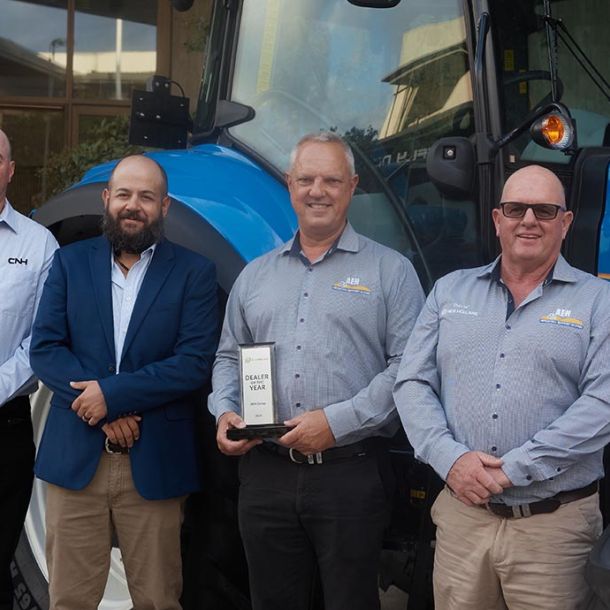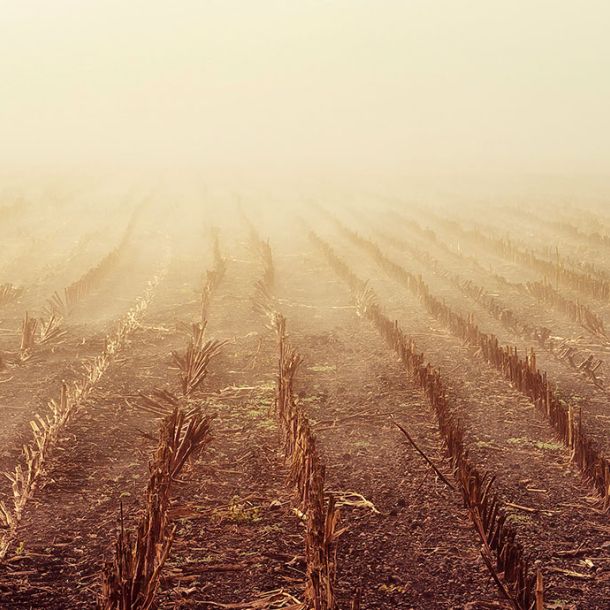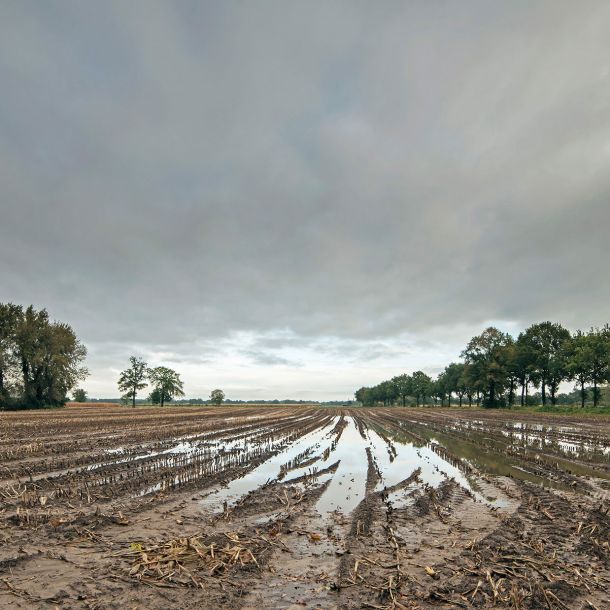Strategic Tillage For Conservation Farming
The future is in your hands
There are huge benefits to conservation farming, not least being less soil erosion, better soil structure, increased soil carbon and a build-up of beneficial soil microbes. Reduced tillage leads to great savings in machinery costs and time, but a greater reliance on chemical control of weeds.
Over time, weed resistance to common herbicides will arise, and some type of tillage is required to break the cycle of weed growth and seed-set. This is where a tillage implement like the K-Line Ag Speedtiller® can play a role. This is a classic example of a machine built specifically for Australian conditions. An added benefit of the use of the Speedtiller® is its ability to incorporate lime into an acidic soil where mixing into the topsoil is essential for successful growth of pH-sensitive seedlings. Lime can be very slow acting, and a poor investment unless it is incorporated.
The use of tillage in conservation cropping must be strategic. In the southern cropping regions of Australia, tillage should be left as late as possible to conserve soil moisture and minimise the risk of erosion. In the northern cropping zones, where both winter and summer cropping is common, the timing of tillage is important to take account of the risk of storms and the storage of soil water. It has been demonstrated that a one-off pass with tillage machines such as the K-Line Ag Speedtiller® will do little damage to soil aggregates and infiltration rates.
The benefits of tillage in conservation farming
Research over many years has proven the strategic tillage such as experience with the K-Line Ag Speedtiller® in a conservation farming system can have the following benefits:
- Agricultural lime, which has poor solubility, can be incorporated to improve its effectiveness.
- Levelling of the soil surface for small seeded crops with offset discs followed by the roller toolbar on the Speedtiller® achieves the ideal seedbed in one pass.
- Compaction of the soil surface by grazing animals or controlled traffic lanes can be effectively reduced by cultivation.
- Plant disease cycles can be disrupted by occasional stubble incorporation. Disease build-up such as Crown rot, Rhizoctonia and Yellow spot in wheat will be broken; Blight in chickpeas and Fusarium disease in sorghum are all minimised and reduced by breaking up stubble and incorporating it.
- Crop pests such as cotton bollworm or corn earworm (Helicoverpa spp.) larvae populations will be reduced, as will snail and slug populations.
- Rodent populations, especially mice, can be partially controlled by breaking up their stubble cover habitat, disrupting their burrows and burying their food sources. In mice plagues such as being experienced in the current cropping season, incorporating stubble by cultivation will help, but obviously not eliminate, plague populations of these rodents.
- Herbicide resistance can be partly overcome and delayed by eliminating growing weed plants and burying new weed seeds such as annual ryegrass.
Are there downsides to strategic tillage
In theory, “clean” seedbeds using tillage machinery such as the K-Line Ag Speedtiller® to incorporate stubble and weeds appears contrary to the principles of conservation farming. But the benefits of strategic cultivation far outweigh the disadvantages. The key word here is “strategic”. Cultivation becomes an important tool in a holistic management approach.
Of concern to farmers who aim at a sustainable cropping regime is the conservation or sequestration of soil carbon. Again, recent research has addressed this issue and found that “it is likely that a single strategic tillage event implemented occasionally would have limited impact on stores of soil C”[1]. The amount of carbon loss from soil due to tillage depends more on other factors such as soil moisture and temperature, fertiliser inputs, stubble management and the type of crop and pasture rotation practised.
Another important aim of conservation cropping is to preserve and encourage beneficial soil organisms (both the microflora and fauna). Soil fungi filaments and beneficial bacteria are essential in releasing soil nutrients and assisting their uptake by plants. Any tillage disrupts their lifecycles and reduces their populations. These effects can be minimised by adopting a judicious and occasional, strategic use of tillage. The recovery of soil organisms is more likely to be swift if soil moisture and temperature levels are favourable.
What about soil structure and the risk of erosion? There is no doubt that soil aggregates are disrupted by tillage, but again, research indicates that this causes little or no damage to overall soil physical properties. In no-till farming where a single tillage is carried out, recovery time takes from zero to a maximum of four years, and there appears to be little effect on grain yield from this type of tillage regime. A one-pass treatment using the K-Line Ag Speedtiller® at the right time, with the right soil moisture will have minimal impact on soil structure and soil erosion. And the impact of tillage on soil moisture reserves at sowing time depends very much on the rainfall and temperatures (evaporation) between tillage and sowing. Obviously the frequency and intensity of rainfall after tillage is beyond the control of farmers.
Strategic tillage is one important tool in the conservation farmer’s arsenal. It fits neatly into an integrated weed management program. Its main benefits are to overcome herbicide resistance in weeds and reduce the weed seed burden, and where needed, to break the cycle of crop pests and diseases. A one-pass treatment with specialised machinery such as the K-Line Ag Speedtiller® brings these advantages together, giving flexibility to a cropping program. Strategic cultivation can minimise the time soil is exposed and the Speedtiller® brings the added benefit of being able to incorporate lime to remedy a soil pH problem.








